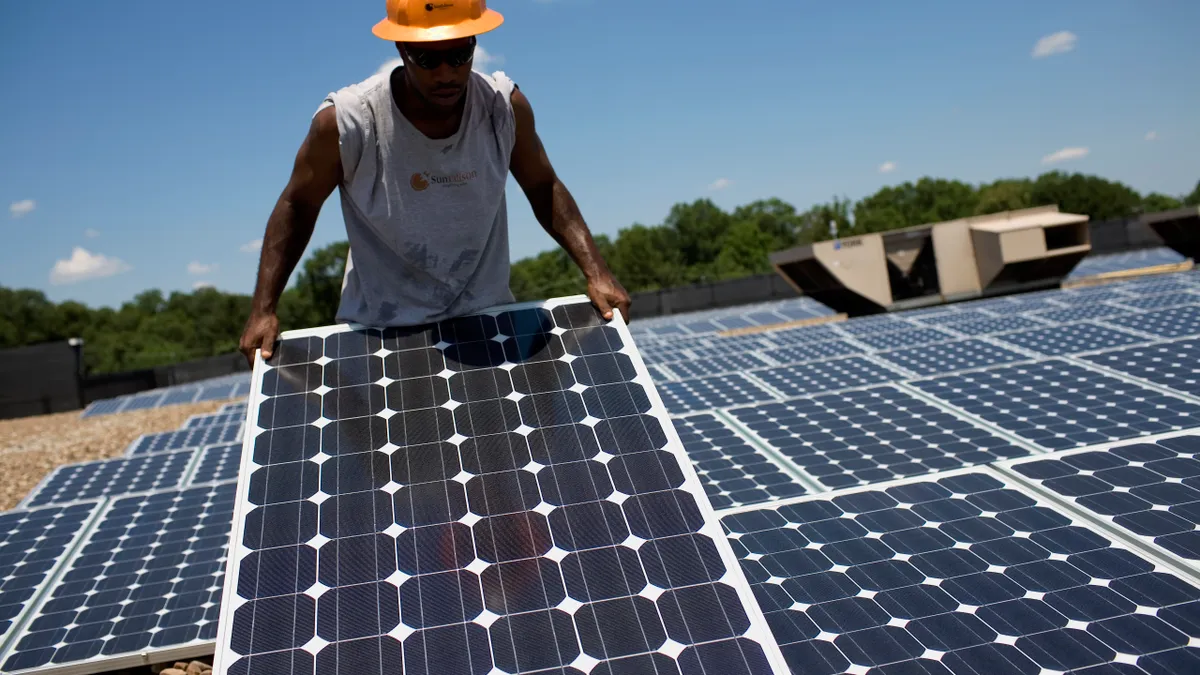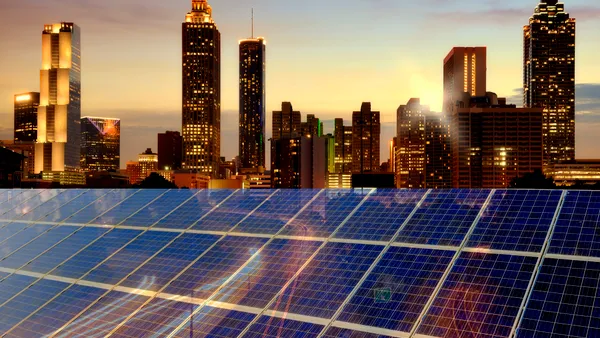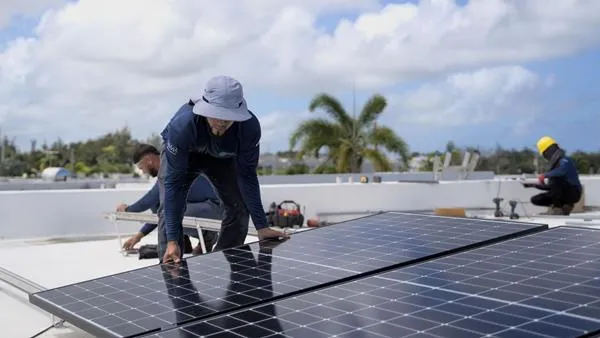Dive Brief:
- The New York State Public Service Commission has announced a new implementation plan for a compensation mechanism for solar and other distributed resources, designed to value the flexibility that the facilities bring to the electric grid.
- According to regulators, the new Value of Distributed Energy Resources (VDER) mechanism will be more accurate and, for the first time, will include locational and environmental benefits. The mechanism was approved in March, and regulators have introduced a system to implement it.
- Natural Resources Defense Council was critical of the final rule, however, stressing the need for certainty in the renewable energy industry. The final rule leaves "part of the credit formula completely unpredictable beyond a 3-year time horizon," according to the group.
Dive Insight:
New York's new method of valuing energy storage and distributed generation has its critics, but it is another step towards a revamped utility business model and power mix for the Empire State.
Commission Chair John Rhodes said in a statement that the new compensation implementation plan "will spur the development of solar power, energy storage and other localized forms of electric generation.”
The PSC approved the new compensation structure in March of this year. The order was a first step toward a new pricing mechanism, known as the Value Stack, to provide more accurate compensation levels for distributed energy resources (DER). The first phase establishes more granular valuation and compensation for distributed generation and sets up broader changes to move away from net energy metering.
The new valuation expands the size of projects to 5 MW, and ensure more accuracy in evaluating the societal and grid benefits DERs bring. The plan also establishes the first compensation values for energy storage when those systems are combined with eligible forms of distributed resources, and requires utilities to work with the state to integrate storage into the electric grid.
In a press release, the PSC noted that net metering — a popular policy mechanism to compensate rooftop solar users for excess energy sent to the grid — did not "accurately reflect the values, services and other benefits provided by solar and other types of DER to the grid." Last year, utilities and solar interests struck a deal to transition from net metering.
The new valuation concepts are not final, however. In the next phases of the VDER proceeding, regulators said the compensation system will be further improved to "increase the accuracy of recognizing DER attributes and spur even greater investment in these distributed energy systems and the state’s thriving clean energy economy."
But according to NRDC, "significant improvements will be necessary as New York builds upon this policy to refine its rates for solar and other distributed energy resources."
The environmental group said finalizing the state's solar credit policy was an important step that will allow projects to move forward. "But we expect less market growth than could otherwise have been achieved with a better implementation plan," advocates added in a statement.














